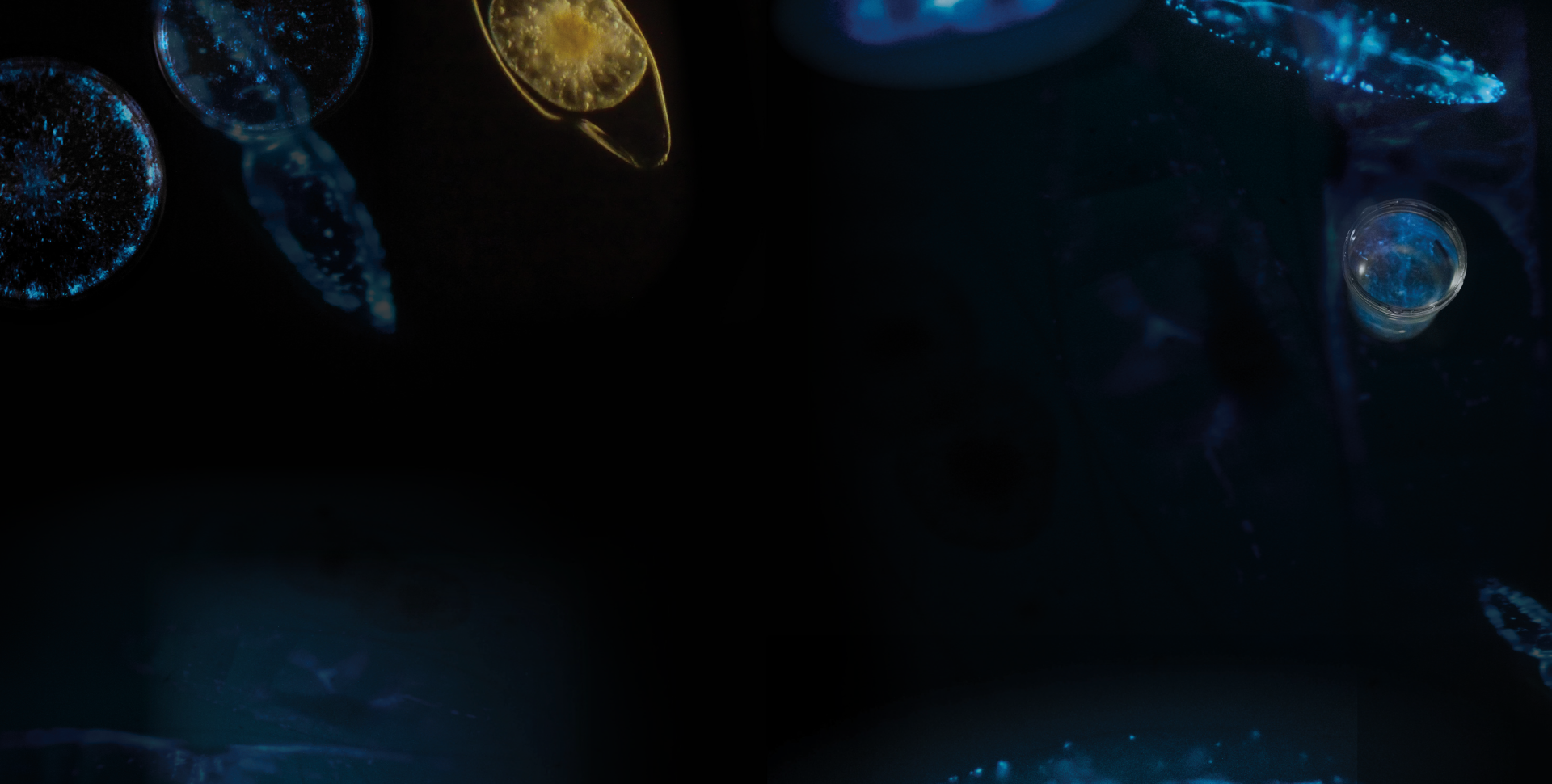News
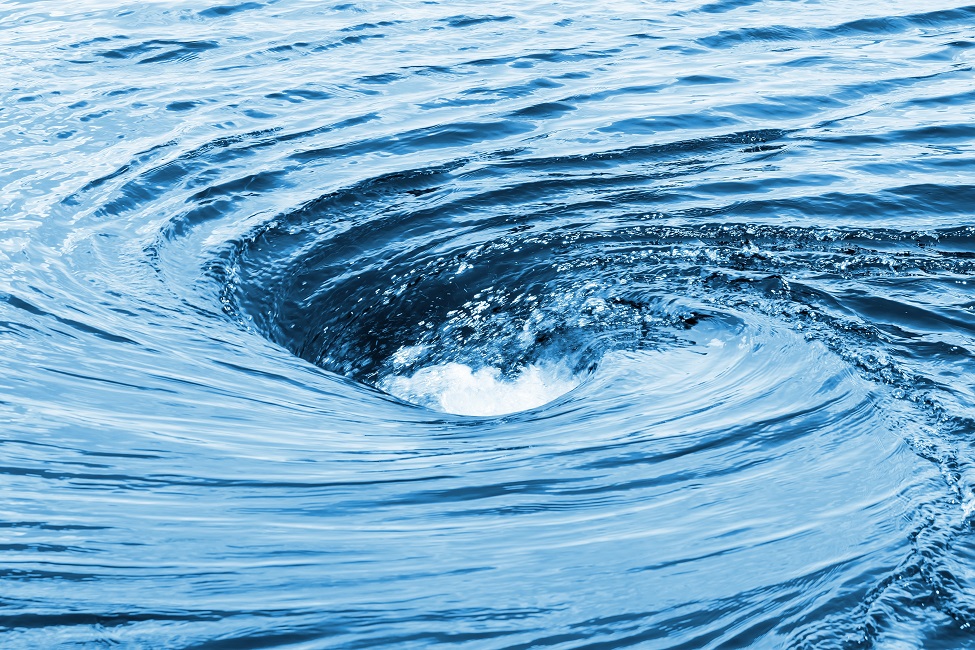
June 17, 2021
A numerical study by FAU Harbor Branch is the first to identify mechanisms of instability responsible for the formation of sub-mesoscale eddies, which has important environmental implications.
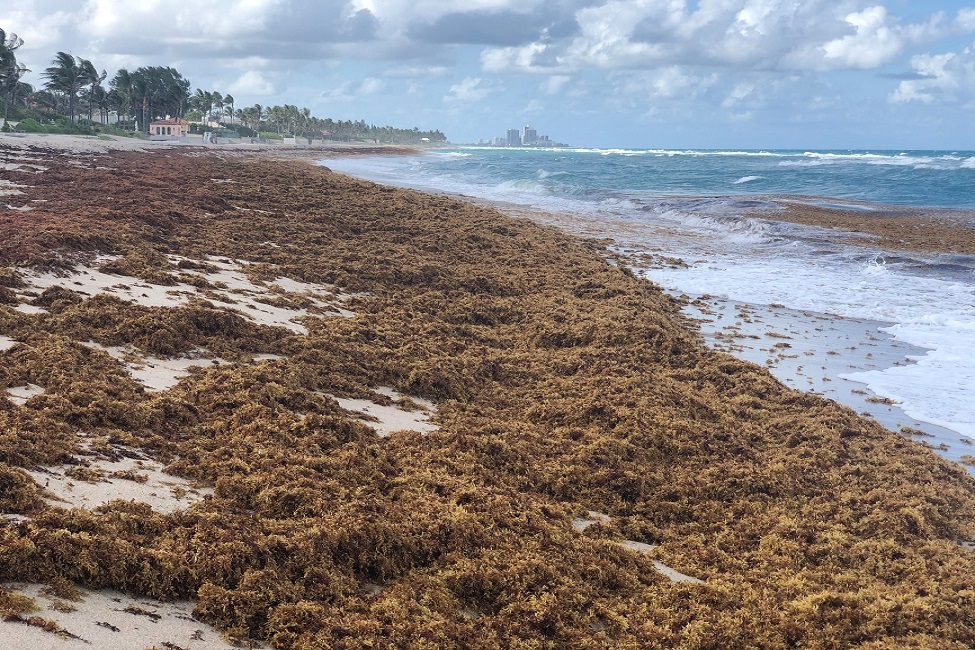
May 24, 2021
For centuries, pelagic Sargassum, floating brown seaweed, have grown in low nutrient waters of the North Atlantic Ocean, supported by natural nutrient sources like excretions from fishes and invertebrates, upwelling and nitrogen...

May 24, 2021
FAU Harbor Branch scientists have discovered that a surge in nitrogen worldwide has dramatically changed the chemistry and composition of Sargassum, floating brown seaweed, turning it into a toxic "dead zone."
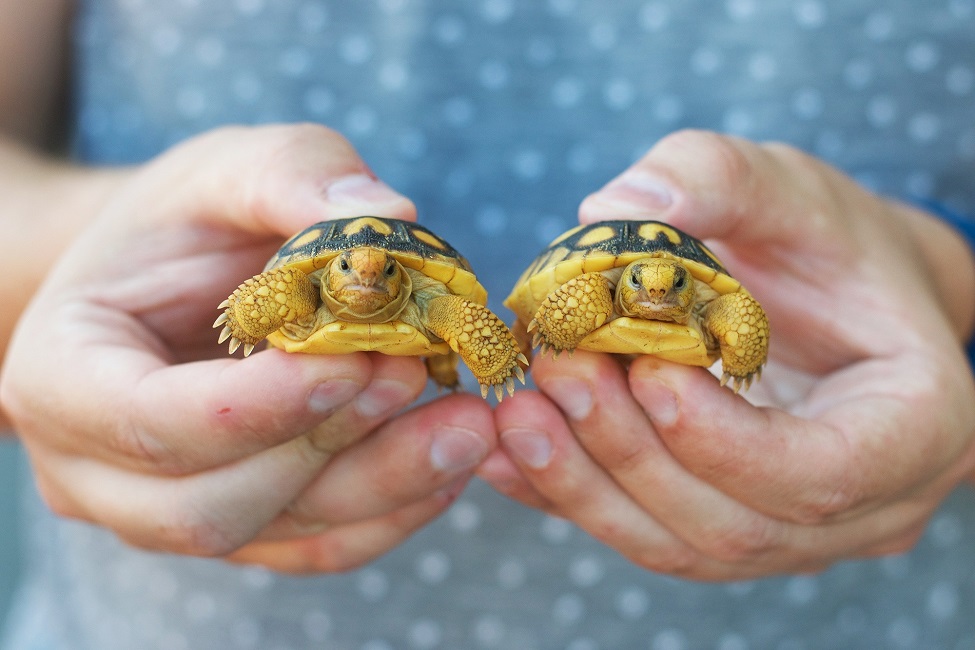
May 12, 2021
FAU researchers have conducted a comprehensive health assessment of gopher tortoises at two sites in southeastern Florida, which provides important baseline information on this vulnerable species.

May 04, 2021
Upon completion of her Ph.D. in 1966, Mary Rice was appointed Curator and Research Zoologist in the National Museum of Natural History's Department of Invertebrate Zoology. Mary was one of the first female research scientists...
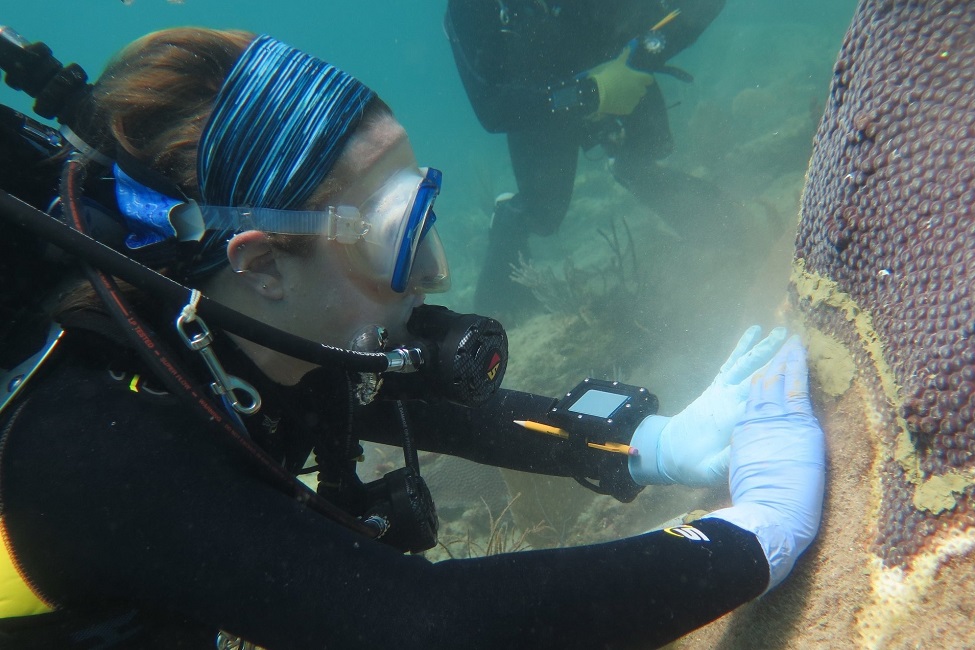
April 22, 2021
FAU Harbor Branch scientists have found that amoxicillin, an antibiotic used to treat bacterial infections in humans, has a 95 percent success rate at healing individual disease lesions in stony corals.
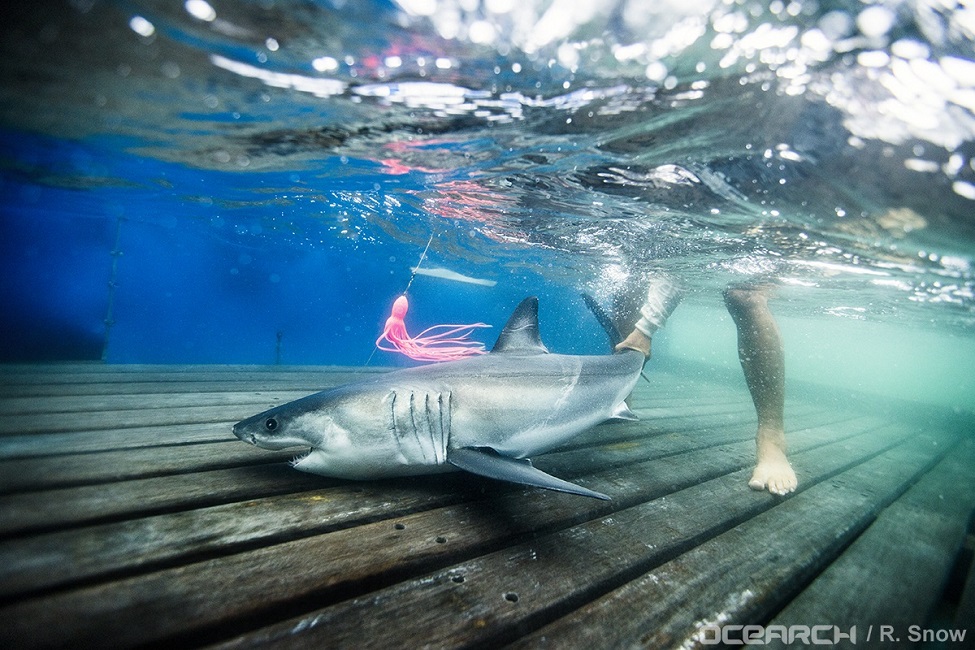
March 23, 2021
FAU Harbor Branch scientists and collaborators provide the first-ever glimpse into 3D movements of young great white sharks in the New York Bight using cutting-edge satellite technology.
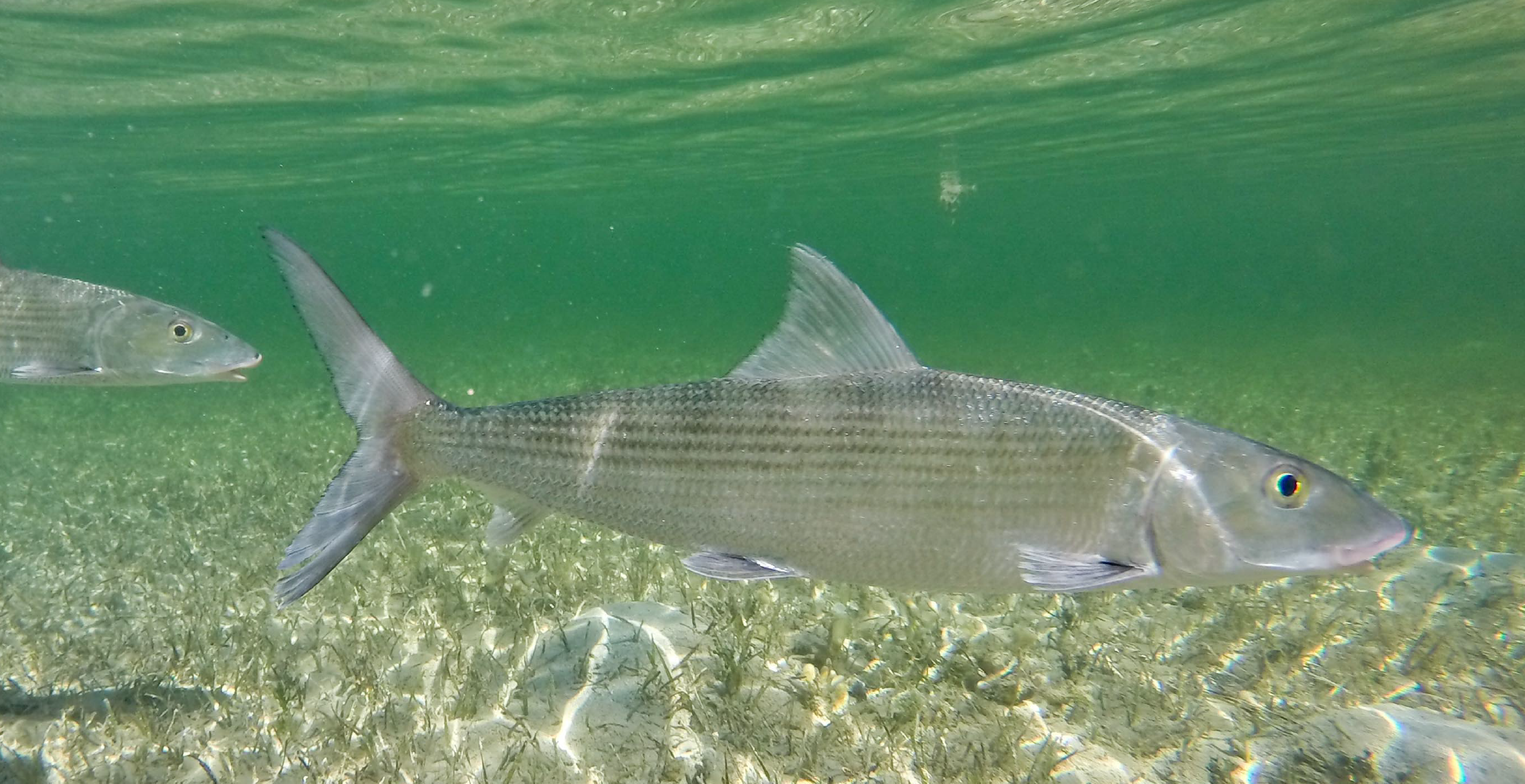
March 19, 2021
In a race to solve a major challenge for conservation aquaculture, a breakthrough has been achieved by researchers at Florida Atlantic University’s Harbor Branch Oceanographic Institute, in collaboration with the Bonefish...

March 09, 2021
In addition to his research interests, postdoctoral fellow David Bradshaw, Ph.D., has always wanted to improve the well-being of his fellow students and colleagues. Now, he’s got the chance as the new president of the FAU...
